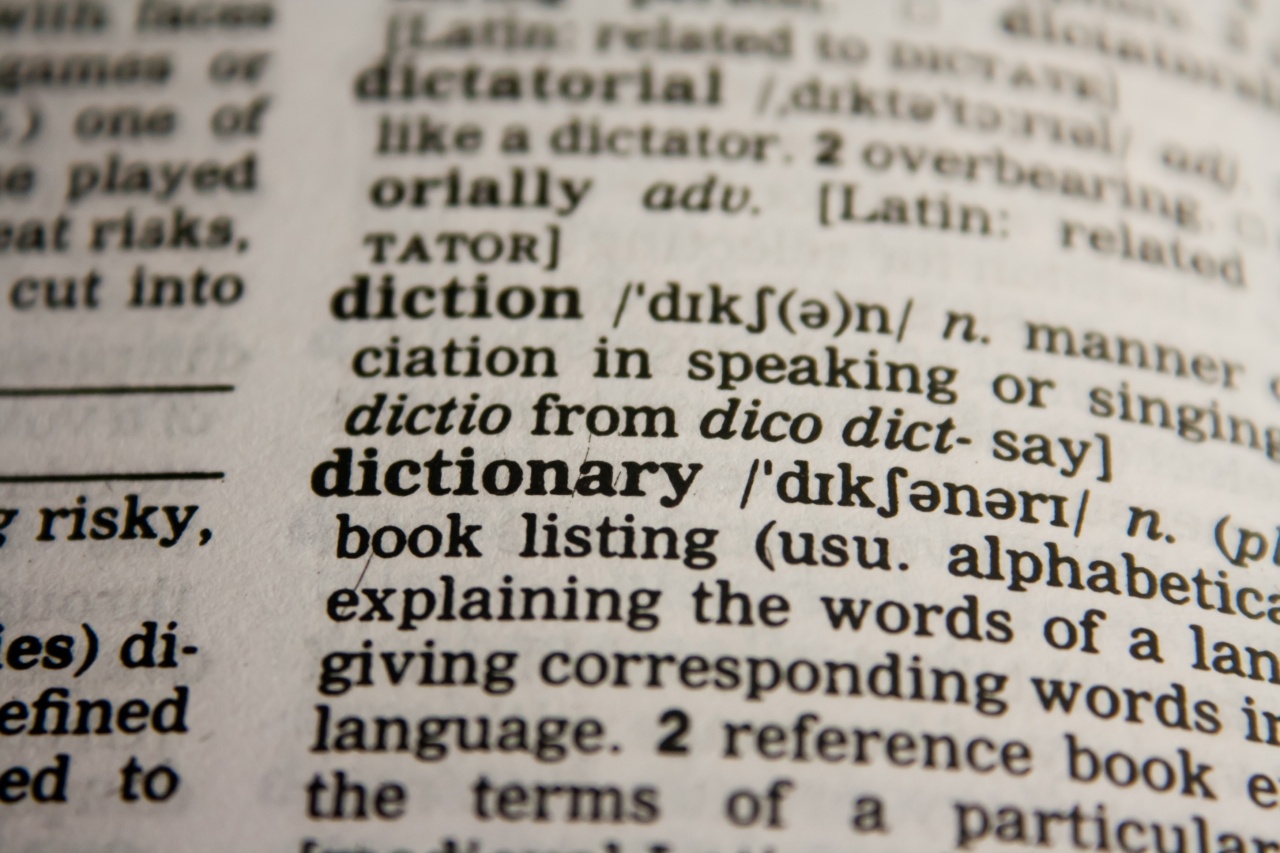Dyslexia is a reading disorder that affects approximately 5-10% of the population. It is a condition in which an individual has difficulty reading, writing, and spelling words in their native language, despite having normal intelligence.
Dyslexia is often misunderstood, and many people believe that it is simply the result of laziness or a lack of effort. However, it is a real condition that can have a significant impact on an individual’s educational and occupational success.
What is Dyslexia?
Dyslexia is a neurological disorder that affects the way an individual’s brain processes information.
It is a condition that is not related to intellectual ability, motivation, or emotional state, but rather a result of the way in which the brain is wired. Individuals with dyslexia have difficulty with specific language skills, including reading, writing, and spelling. It is important to note that dyslexia is not a vision problem, but rather a problem with language processing.
The Symptoms of Dyslexia
There are several symptoms associated with dyslexia. These may include:.
- Difficulty learning the alphabet, numbers, or days of the week
- Difficulty learning to read and write
- Difficulty with spelling, including switching letters around or omitting letters
- Difficulty with understanding and following instructions
- Difficulty with telling time, directions, or left and right
- Difficulty with learning a second language
The Connection Between Dyslexia and the English Language
English is a complex language, with many rules and exceptions to those rules. This complexity can make learning English difficult for individuals with dyslexia.
English has many sounds that are spelled differently, which can be confusing for individuals with dyslexia. For example, the word “through” is pronounced differently than it is spelled.
The irregularity of the English language can also make it difficult for individuals with dyslexia to remember words.
Since many English words do not follow predictable patterns, individuals with dyslexia may have difficulty memorizing their spelling and meaning.
Diagnosis of Dyslexia
Diagnosing dyslexia requires a comprehensive evaluation by a qualified professional. Testing may include assessments of reading and writing skills, as well as cognitive and language abilities.
It is essential to diagnose dyslexia early, as early intervention can significantly improve the prognosis for individuals with dyslexia.
Treatment for Dyslexia
There is no cure for dyslexia. However, a variety of educational therapies and teaching strategies can help individuals with dyslexia learn to read, write, and spell. These treatments may include:.
- Phonemic Awareness Training: This type of training involves teaching individuals to recognize and manipulate the sounds in words. This can help to improve phonemic awareness, which is essential for reading and spelling.
- Multisensory Instruction: This approach involves using multiple senses to teach reading and writing. For example, students may use manipulatives while learning to read or write.
- Orton-Gillingham Instruction: This method involves teaching reading and writing using a structured, systematic approach. It is often used with individuals who have dyslexia.
- Assistive Technology: Many individuals with dyslexia benefit from assistive technology, such as text-to-speech or speech-to-text software.
Conclusion
Dyslexia is a real and significant condition that can affect an individual’s educational and occupational success. While there is no cure for dyslexia, early diagnosis and intervention can significantly improve an individual’s prognosis.
Educators and parents should work together to support individuals with dyslexia and provide the tools and strategies that they need to succeed.































